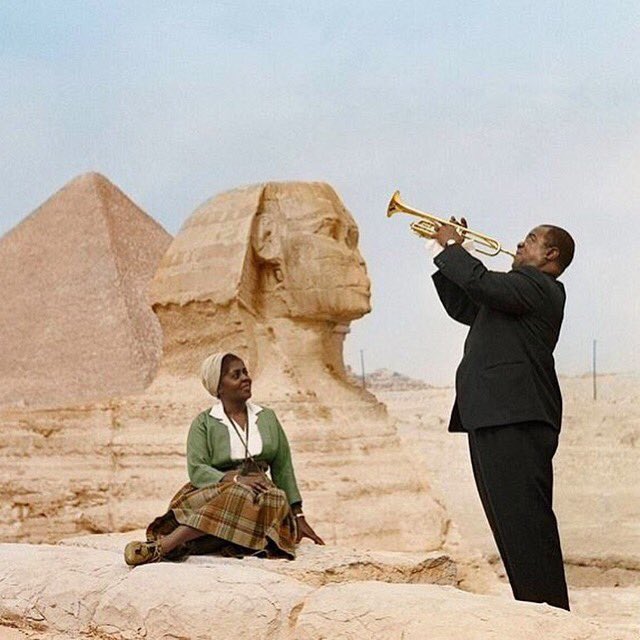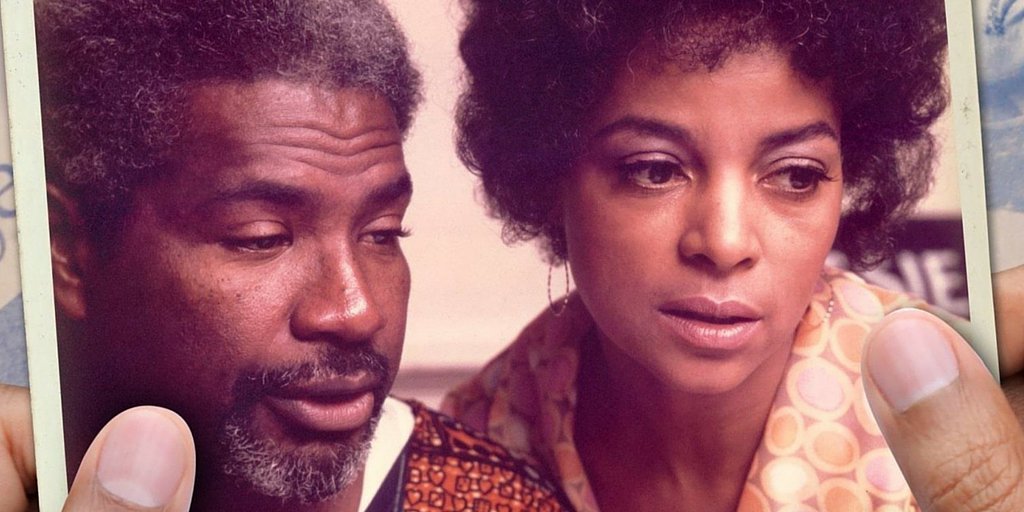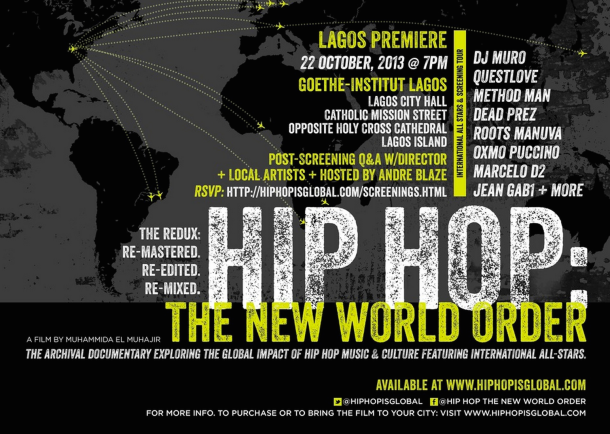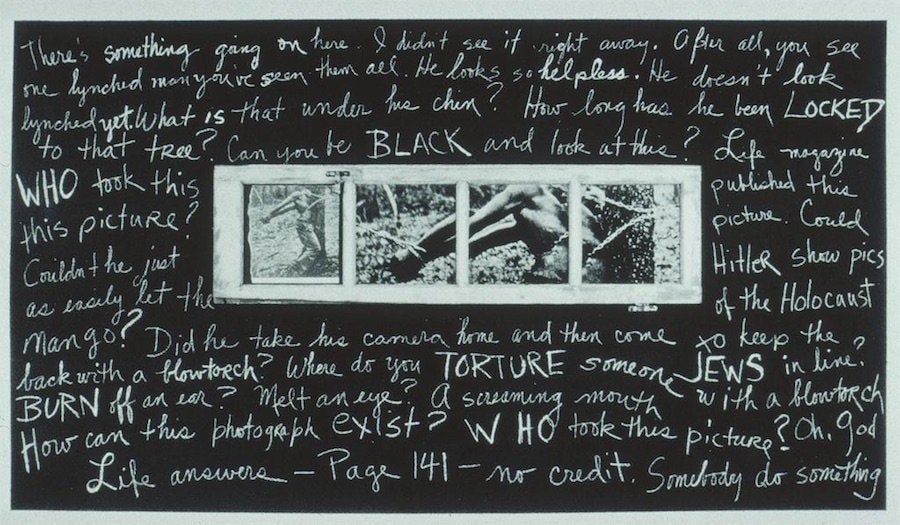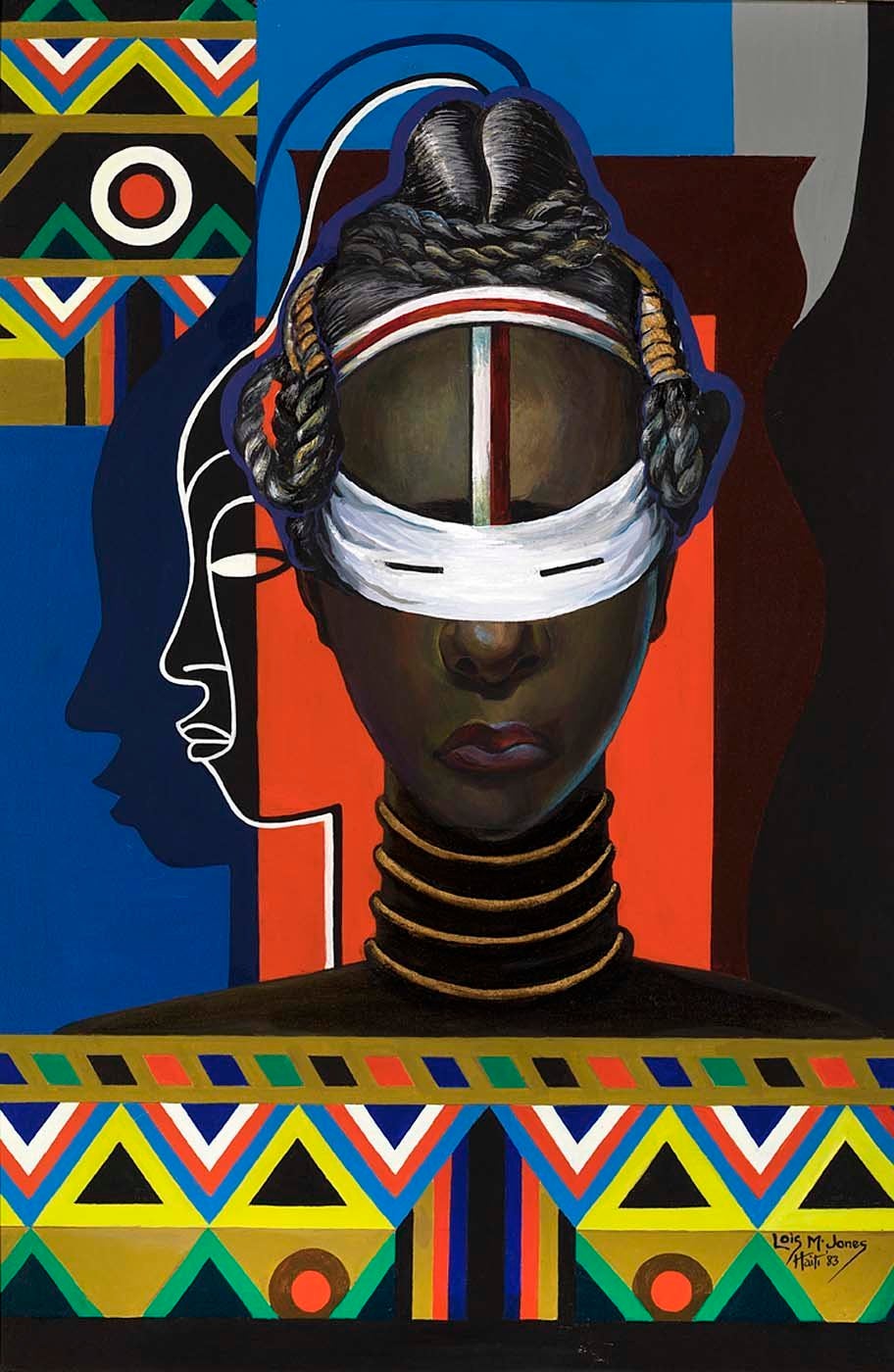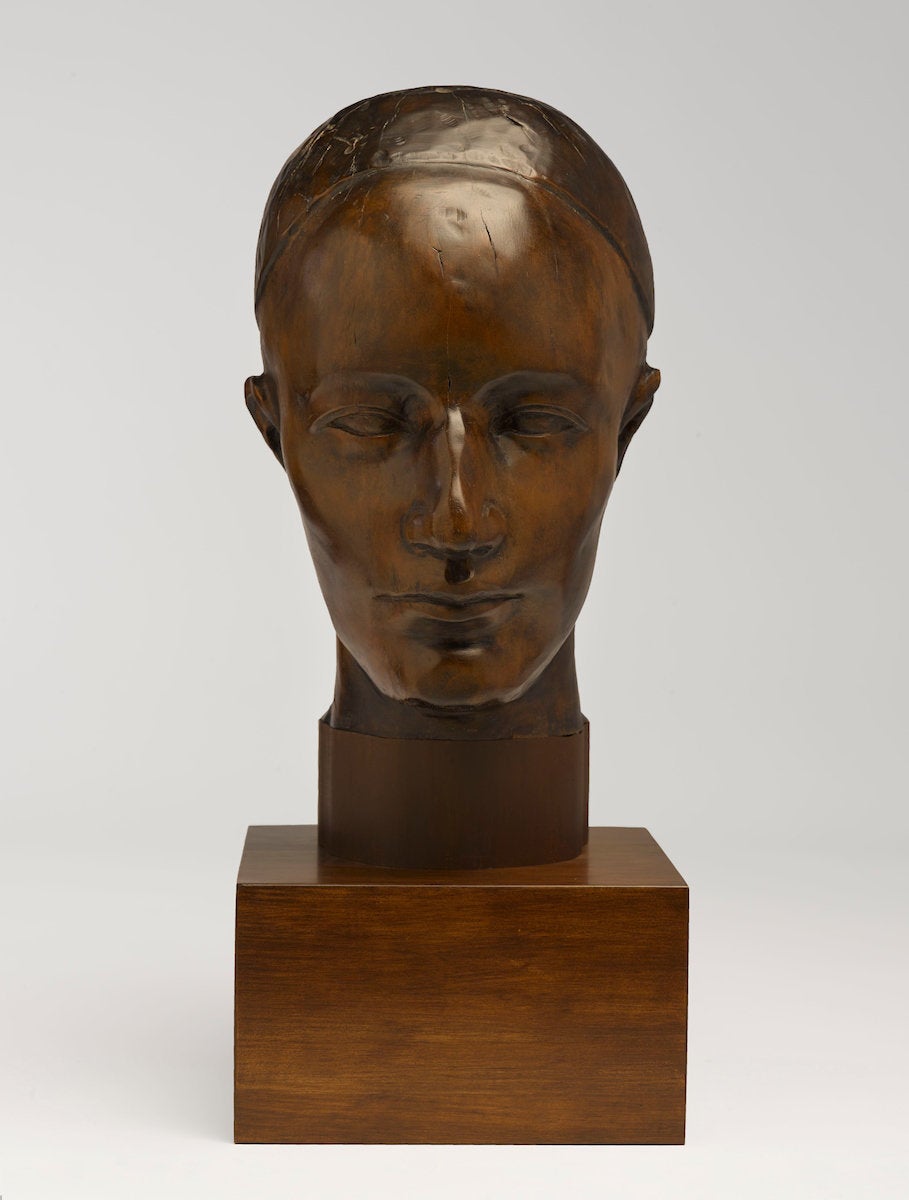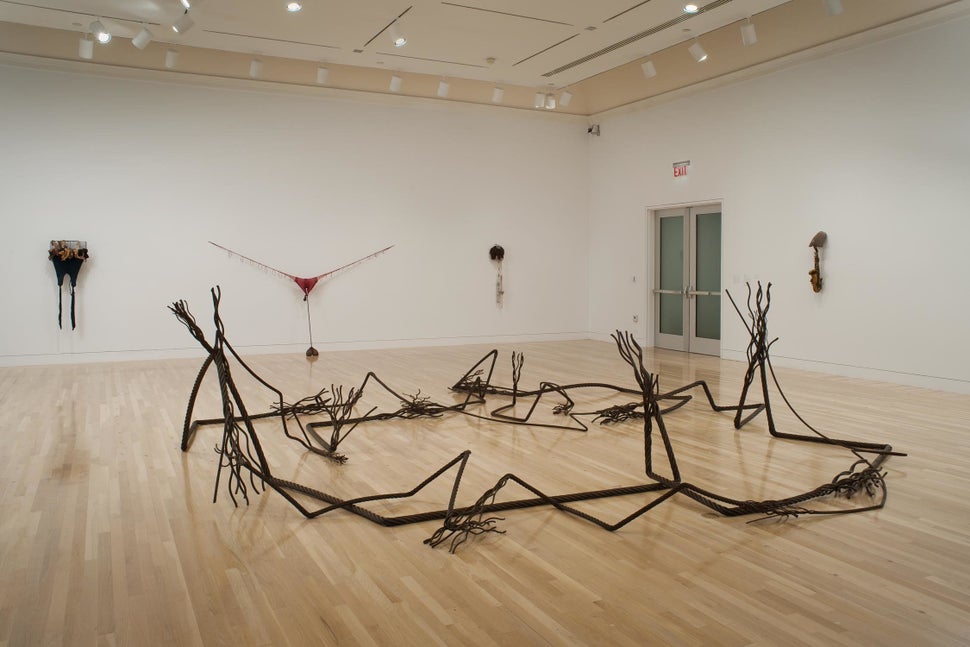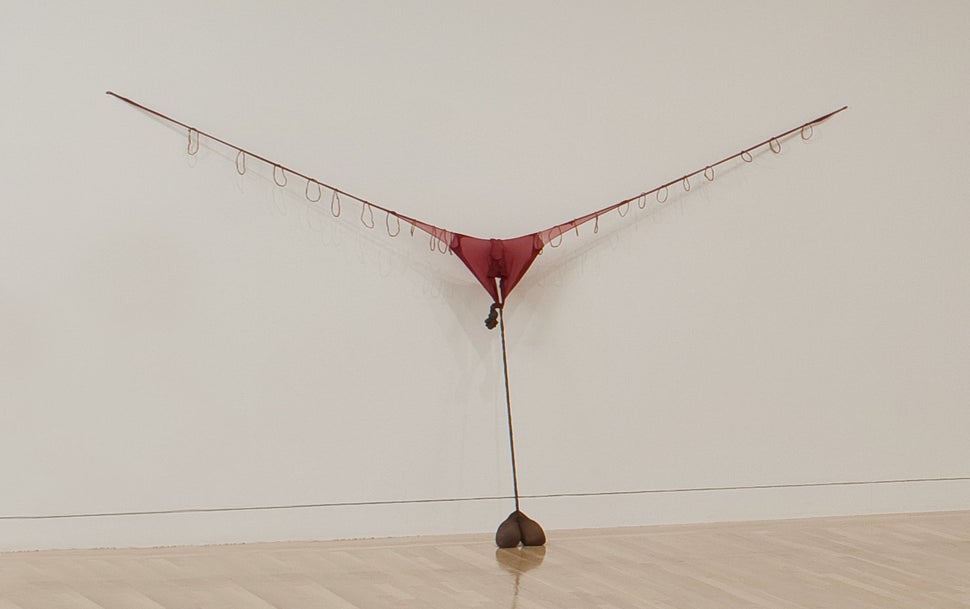by Marvin X
Warning: Contains explicit language And youth who otherwise don't read, do read this book and even squabble over ownership, as if it were black gold!—Paradise We are fortunate to witness such openness and honesty, though it makes the smug uncomfortable in their fake comforts…—Lil Joe Mythology of Pussy and Dick is a compilation of everything Marvin X has written over the past 40 years on psychosocial sexuality in America and the world. There are those who will miss this opportunity to receive wisdom from our brother because of the language he uses to describe the male and female anatomy, his perceived objectification of women and men….—Delores Nochi |
Preface By Marvin X
After a life of failed relationships, I am now an authority on how to fuck shit up. But I also learned how to keep peace in the house by speaking the language of love and receiving it from my beloved. Call it the tone test, if you will, but the language of love will go a long way toward healthy male/female relations or any human relations.
My mother told me I didn’t need a wife but a maid, secretary, and mistress. In the fourth quarter of my life, I must admit and confess I think Mom was right. After someone read my essay "Creativity and Sexuality," they said we must keep a balance.
And this is true except for those like myself who manifest the addictive personality that consistently borders on the extreme, somehow missing that balance that provides the stability we need to survive and thrive in this turbulent world, now racing toward The End!
I am much like James Baldwin who said, “I had to live recklessly in order to live at all.” And it seems I am also like the Barakas who live with high drama. It is doubtful I would be able to live a life without drama, being the dramatist I am, although these days I try to stay in the no stress zone, yet drama finds me at every turn. I am fascinated with lesbians because interacting with them is so dramatic.
There is a natural dramatic tension when one desires what he can’t have! It’s a challenge, even greater than seeking a heterosexual woman, although she is fine with me, especially if she has mastered the language of love and doesn’t talk in a provocative language, i.e., don’t tell me to do shit. I don’t have to do a motherfucking thang!
As the Maid, the Ho, the Cook (see story inside) taught me, if you ask me right, in the right tone, I will do anything and everything, but if you come at me in a dictatorial manner that expresses domination, you can’t get nothing here! Matter of fact, I’ll do the opposite, as in kiss my ass.
Today, relationships are fragile at best because people are under great stress generally: will we have a job tomorrow, a house, a mate, sanity? So we can only take things one day at a time. There is great insecurity among the people, thus relationships are enduring major stress. Yet, we cannot get out of these human relationships because love is all there is, even living in the imagination will not suffice, ultimately, we must leave our dream state to encounter reality, and the reality is that we often connect with people with whom we know and don’t know, whom we love and don’t love, yet must love. It takes the same energy to love as to hate, same energy. My favorite song says, “The greatest thing you will ever learn is to love and be loved in return.” * * * * * Foreword
Sexuality is determined by biology and social psychology. In the socialization of humans, mythology plays a critical role in manhood and womanhood training rites. Mythology lies in the deep structure of the mental process, yet mythical notions, stories, tales, ideas, values are clearly present in the surface structure of human behavior. Ritual behavior is simply the enactment of mythology, the stories of the tribe, the values, mores, manners, morals. Myths prescribe the acceptable and the forbidden, the sacred and the profane.
Of course the Shaman often transcends tribal mythology to extend the narrative, take it to a higher level, much like a Coltrane solo, or a Miles Davis tune, connected to the past but very much into the present and future, the unknown, into the space of fear and dread, and yet it is beautiful, if we go there with Trane, Miles, Dolphy. So mythology must be fluid, dynamic. There comes a time when old myths must be discarded, thrown into the dustbin of history. And so it is with the patriarchy or myth of male domination.
In the patriarchal or male dominated society, men are taught they own women, that women are their personal property or chattel real, as opposed to real estate, i.e., land, buildings. Isn't it ironic that a people who are descendants of chattel slaves would continue in the tradition upon liberation, that they would perpetuate relationship slavery, i.e., marriage, girlfriend, boyfriend?
I don't want to own nobody and surely don't want anyone to own me. Imagine, the other day a brother said, "My pussy is at home!" We tried to tell him, first of all, he doesn't have a pussy, his woman has a pussy, so his pussy ain't at home. And imagine when he arrives home and "his pussy" is gone. When he locates "his pussy" will he be happy, sad, angry, violent, for why wasn't his pussy at home, why did it leave, or does it have the right to leave? Maybe the sister was with her friends, telling them, "Damn, ya'll, I got to go home to give that nigguh some pussy." They reply, "Girl, you ain't gotta do that, that's yo pussy, girl!"
In this atmosphere, women can be verbally, emotionally, and physically abused. They can be beaten and killed for violating the man's so-called ownership of their bodies, minds, and souls.
Clearly, there is absolutely no difference in a woman stoned to death in a Muslim society and shot to death in a Christian society because of her supposed adultery and/or infidelity. Of course, these days women are shooting the men to death for their freedom of expression or so-called sexual transgressions.
The man is more often than not afforded hero status in Muslim and Christian society for executing "honor killings" because he was disrespected by "his" woman. These days women are exercising their right to retaliate on the man for his indiscretions since marriage myths and rites suggest ownership by both parties, though man has the ultimate authority in the patriarchal society.
Women are now attending court mandated anger management classes and receiving convictions for assault and or homicide in the killing of their mates, all in the name of love. Tina asked what does love have to do with it? I ask, what kind of love is this—and if this is love I don't want it!
If we are to move toward healthy psychosocial sexuality, we must examine the myths we live by. We may discover these myths are toxic, reactionary, and detrimental to our psychosocial health. We may need to transform and radicalize these myths/rituals in the light of modernity and post modernity or the new millennium.
In the present era of spiritual consciousness, we cannot behave as cave men and women. We cannot continue rearing little cave children whose behavior befits the Stone Age, bereft of compassion, willing to kill at the drop of a hat because someone dissed them, especially their girlfriend who gave up "her pussy" to a friend or stranger.
We must jump out of the box of ignorance, jealousy, envy, religiosity, narrow mindedness, insecurity and the world of make believe. We do not own other human beings. This is called slavery by any word. Partners, boyfriends, girlfriends, husbands, wives, must dispel and discard mythical notions of ownership and domination.
Our bodies are the temple of God, not the property of another. No attachments but to God! We are slaves or servants of God, Abdullah (we are all Abdullah, the servant of God). This is the attitude of radical spiritual consciousness. No one owns us but God. Our life and death are for God. We are thus free to do as we will since we exist in God and God exists in us. We are indivisible from God, thus we are God, we are Divine. Man is divine, woman is divine. We are equal beings in the temple of God and the temple of God is the universe, and all in creation is of God, by God and for God.
If you desire to surrender yourself to your beloved, this is your rite/right. In love, it is indeed all for the beloved, love is the annihilation of self for the beloved. Yes, we lose our "self" in the beloved. In my play One Day in the Life, Karima says, "I sacrificed everything for you, but you blew it buddy, I'm through with you!"
We pray you shall do the will of God in your relationships. If you don't, no one can judge you but God, especially the God in you or the self accusing spirit! Certainly, no one has the right to beat or kill you, stone you to death, shoot you in the head. Nor does anyone have the right to verbally or emotionally abuse you because of your behavior that may, from time to time, cross the line of propriety. And as per sexual transgressions, pussy and dick ain't nothing but a muscle, so why are you tripping over flesh, a muscle?
Your pussy belongs to you, your dick belongs to you and you alone. It is attached to you, not your boyfriend, girlfriend, partner, husband, wife, lover, trick! Human beings are subject to do anything during the course of a day, and you are free to do so. Vows of fidelity must be thrown into the dustbin of history, along with Santa Claus, the Easter bunny, and the return of a dead man after two thousand years.
If you persist in your wretchedness, ignorance and world of make believe that you own someone's pussy and dick, your mental health shall suffer along with the general condition of society that is rapidly heading to the precipice as we write. The mental hospitals, prisons and jails shall remain full of those partner abusers guilty of assault and/or homicide.
We urge you to free yourself from the prison of your mind based on primitive mythological notions of ownership and domination. Indeed, love the one ya wit, but you don't own them. You can't force them to do anything.
Why can't we just get along, Rodney King asked? Why can we love and be loved in return? Why must we be ugly to each other, especially in the name of love? Why can't we love without the negativity? Why must we hurt the one we love, and yet, as Dr. Nathan Hare says, there can be no master without one willing to be the slave. Just as I cannot love you unless you allow me to love you, I cannot hurt you unless you allow me to hurt you.
Love begins with self love. If and when you don't love yourself, you cannot love someone else. You can fake the funk for a time. But if you don't know yourself, you cannot know your partner and mate. You can be with them twenty, thirty and forty years, but you don't know them. This is why couples break up after ten, twenty, thirty years together. They never knew each other, they were faking the funk, but the funk caught up with them. Yes, there was abuse because in their ignorance they first abused themselves, then abused their mate or partner simply because they never followed their own bliss or purpose as Joseph Campbell taught us. Nancy Wilson said, "I Never Been To Me!"
Indeed, life is about getting to the real you, your mission and purpose. When you cannot achieve this, in your frustration, you are bound to oppress and dominate your mate and those you love. Sadly, you have been programmed by the American or Western mythology of Christianity and Capitalism. You are thus the man and woman in the box. You may deny you are in the box, yet your very existence , and clearly your behavior with your mate is evidence you are inside the box of Christianity and Capitalism. In short, you are a slave, albeit a free slave, but a slave none the less. In turn, you desire to enslave your mate and children—Capitalism has programmed you to desire cheap trinkets, things and more things, conspicuous consumption, materialism, the world of make believe.
Yet with all your materialism, you have not followed your bliss, you are totally devoid of spiritual consciousness. You may be religious, yet your practice of religion is a desire for prosperity that would be alien to Mary's baby! You do not desire to liberate the captives, help the poor, the broken hearted, the hungry, the homeless. You are arrogant and wicked wearing your rocks, animal skins and plastic clothes. Yet you are not happy, nor is your mate. Even your children are little assholes, ungrateful bastards!
You hide the pain by medicating yourself with drugs, sex, video and internet games, religiosity and other escapism from your life of nothingness and dread.
We pray one day you shall awaken and throw off the chains on your brain, throw off the oppressive mythology of Christianity and Capitalism, or any other oppressive religion, including Islam, or any ideology that promotes pie in the sky or other worldism, escapism from facing reality with a radical agenda that is about seizing power from the blood suckers of the poor, the global bandits who promote the world of make believe.
How can you be at peace with yourself and your mate while you enjoy the benefits of a society that spends a trillion dollars per year to commit mass murder around the world to perpetuate a world of make believe, to keep people deaf, dumb and blind, consuming trinkets that send them directly to Yacoub's workers: the doctor, nurse and undertaker.
It is this mythological psychosocial order that has you drunk with thinking you must own and oppress somebody, especially those you supposedly love and cherish. Jump out of the box—free yourself, your mate and your children. Strive toward a radical spirituality that oppresses no one, but frees everyone. Love should not be slavery. Free your mind, free your mate, free humanity. 9 September 2010 * * * * * Introduction By Delores Nochi Cooper
Mythology of Pussy and Dick is a compilation of everything Marvin X has written on sexuality in America and the world. There are those who will miss this opportunity to receive wisdom from our brother because of the language he uses to describe the male and female anatomy, and his perceived objectification of women and men, and this is a tragedy because this information is crucial for men and women who are suffering from a psycho-linguistic crisis and inflicting actual violence upon lovers in their male/female and partner relations including, same gender loving person relationships, and these dysfunctional interactions are witnessed by children who are the next generation of couples. They will emulate what they see elders enact.
The same people who dare judge his choice of words, his linguistic dexterity, are guilty of lingering in the comfort of their bedrooms watching shows on big screen TVs that depict graphic details of violence perpetrated against others, especially women, yet they call it entertainment. If children learn more from what they see than what we tell them, how will they process and act upon the continued sexual chaos that is manifested in our families and society?
The author has proven himself to be a leader and a teacher who has the best interest of the community at heart. He speaks truth with language that can be understood by the least of us and the best of us. His credentials includes brief tenure at the finest institutions in America : Fresno State University , 1969, University of California , Berkeley , 1972, Mills College , 1972, San Francisco State University , 1974, University of California , San Diego , 1975, University of Nevada , Reno , 1979.
He embraced the system and defied the system! Oriented in the Muslim tradition of polygamy or plural marriage (see his play In the Name of Love, Laney College Theater production 1981); he has conquered his own demons and held his own with associated intellectuals and psychopaths. In the words of James Sweeney “…Courageous and outrageous, he walked through the muck and mire of hell and came out clean as white fish and black as coal.”
We all have war stories about relationships gone bad. The difference between Marvin X and the rest of us is that Marvin X has lived what he is writing about, survived it and is willing to talk about it, and holds nothing back, narrated in language that will grab your attention and cause you an epileptic seizure!.
Each story is rich with commentary which speaks to society’s attitudes about male and female relationships: rape, athletes, toxic love, crack house sex, women without men, language of love, religious persecution of women (a woman stoned); gay and lesbian youth, same sex marriage, and much more…
His parables are commentary about events in real time is ingenious. If you are a follower of his blog, then you know with each daily entry he not only provides us with happenings locally and nationally, but walks us through events from a historical and global perspective.
Marvin X has chosen to sensitize our society by using words like pussy and dick. Language is fluid and if its primary use is communication, and if through words one fails to hit the target, then what is the point? It may be that the author is before his time, and in future generations, pussy and dick will become words of endearment, not relegated to the present negative connotations. Perhaps it will become a mantra chanted over and over as a pre-sex ritual. Why not? Lord knows we could use some more effective ways to get beyond reckless abandonment.
In his essay, "The Maid, the Ho, the Cook," Marvin X demonstrates his tender side. Lil Joe describes this story as “One of the most beautiful pieces about real love I’ve ever read. The image of "crack-heads" as scandalous and without human dignity is destroyed by Marvin’s recollection of this sister with whom he fell in love. Because the object of MX’s affection is for a whore, but there are those, and you know who you are, who will lose the essence of this story which addresses real feelings and real interactions between a man and a woman. Perhaps, you have only loved when it was safe to do so. But all of us who have loved surely know that passion and feelings can at times be both spontaneous and unsolicited. Is Marvin X the only courageous one among us who dares to “tell the truth and shame the devil”?
* * * * To get your copy of Mythology of Pussy and Dick
Marvin X is putting the finishing touches on the expanded version of his Mythology of Pussy and Dick: Toward Healthy Psychosocial Sexuality. In its pamphlet form, this is the most stolen book in history! We urge you to buy two copies, one to hide and one for your coffee table so your friends can easily steal it! Approximately 400 pages, $49.95. Black Bird Press 339 Lester Ave., Suite 10 Oakland CA 94606 mxjackmon@gmail.com credit card orders 510-200-4164 * * * * * |











 h
h